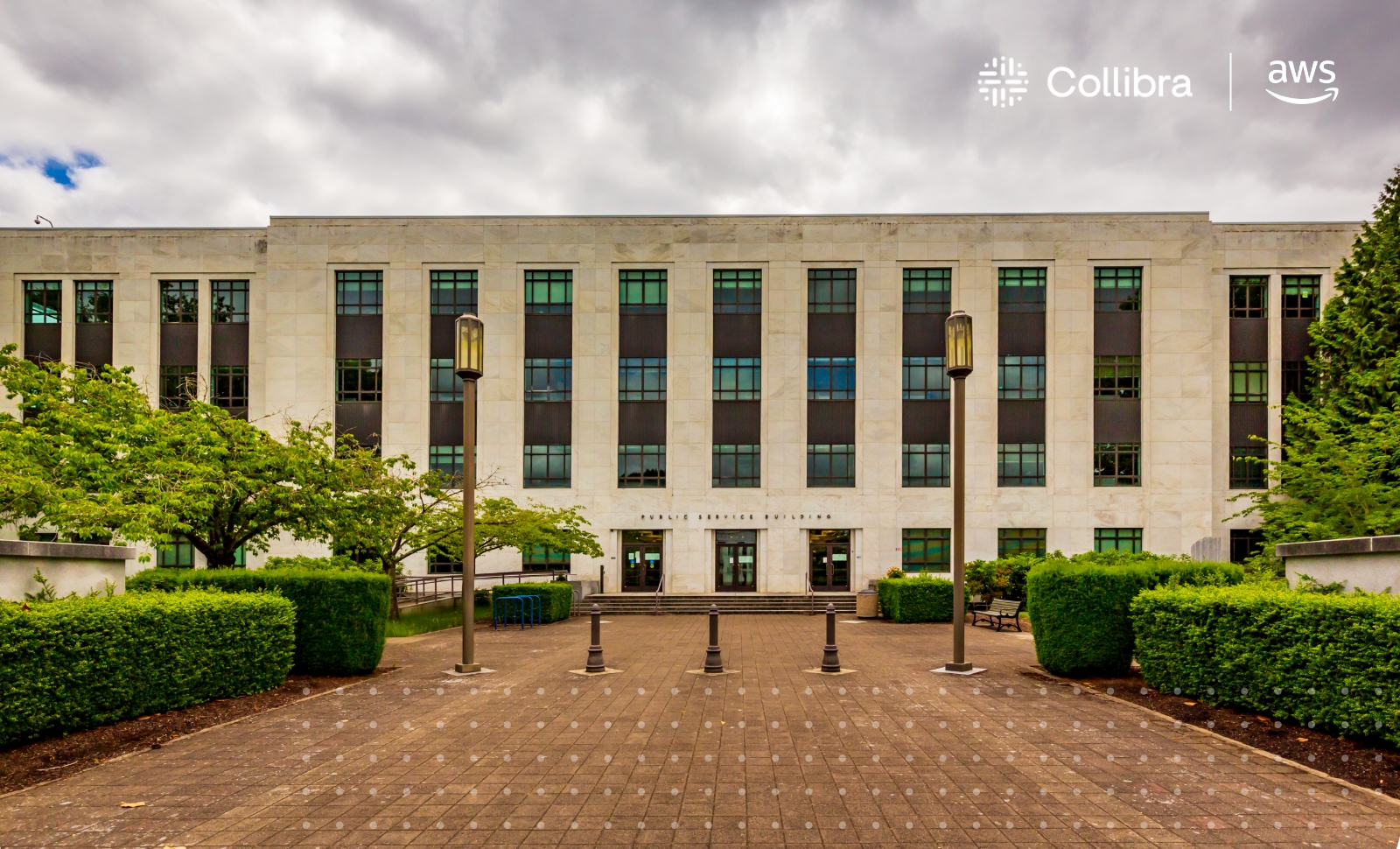Feel like you’re drowning in federal reporting requirements while the goalposts keep moving?
You’re not alone. Every day, state agencies face mounting pressure to provide timely, accurate reports to federal bodies like the Center for Disease Control and Prevention (the CDC) and Medicare. But fragmented data sources, evolving requirements and manual processes are creating a perfect storm, and even the most diligent agencies struggle to keep pace.
At the heart of this challenge lies a fundamental governance issue. Without a unified approach to data governance, agencies are forced to cobble together reports from disconnected systems, which lead to errors, delays and compliance risks.
And now, as AI adoption accelerates across government, the gap between what state agencies need to do with their data and what they realistically can do continues to widen.
The current reporting landscape: A growing challenge
It’s no secret. The CDC’s disease surveillance systems and Medicare’s complex reference codes aren’t just bureaucratic hoops. They drive critical public health decisions and funding allocations. And they’re constantly evolving in response to emerging health threats and legislative changes.
Today’s reports shape tomorrow’s pandemic responses, vaccination campaigns and reimbursement rates. Getting them wrong isn’t an option.

The data quality crisis
Unfortunately, the numbers don’t lie. According to recent T-MSIS (aka the Transformed Medicaid Statistical Information System) data quality assessments, some of our nation’s largest states are struggling to meet federal outcomes based assessment (OBA) requirements.
These aren’t small jurisdictions with limited resources. These are states with some of the largest Medicaid populations and most sophisticated government operations in the country.
If they’re struggling, imagine the challenges facing smaller states.
Data quality challenging your team? Collibra Public Sector can help.
The reality for state agencies
If you’re working at a state agency, you already know this pain all too well. The late nights before submission deadlines. The frantic calls to track down data discrepancies. The sinking feeling when federal requirements change just as you thought you had everything under control.
It’s not your fault. State agencies are drowning in data complexity, including these three chronic challenges:
- Multiple data sources: Patient health data lives in dozens of systems that don’t talk to each other. Hospital EHRs, laboratory systems, community clinic databases—each with its own format, standards and quirks
- Speed vs. accuracy: Federal guidelines can change overnight, forcing you to choose between timely submissions and thorough validation. Neither option is ideal when lives and funding are at stake
- Resource constraints: Teams are already stretched thin. Manual data validation and reconciliation consume countless hours that could be spent on analysis and prevention
It often seems like most agencies are trying to meet 2025’s demands with 2010’s data infrastructure.
Governance fragmentation: The hidden culprit
Ever tried to put together a puzzle when the pieces are scattered across different rooms? That’s exactly what happens with governance fragmentation.
When your visibility, access and policies are disjointed across your different clouds, apps and data stores, reporting turns into a high-stakes guessing game. You’re essentially trying to complete that puzzle while blindfolded, with some pieces missing and others constantly changing shape.
And let’s not sugar-coat it. The consequences are very real:
- Misinformed public health responses: When outbreak data arrives too late or incomplete, containment efforts falter.
- Funding at risk: Federal agencies increasingly tie funding to reporting accuracy and timeliness.
- Diminished public trust: Inconsistent reporting undermines confidence in public health institutions.
Breaking free from the constraints
When major states—with their substantial resources and technical capabilities—are failing key data quality metrics, it’s clear that throwing more people or money at the problem isn’t the solution.
However, the organizations that can unify governance across every data source, use case and user will be ready to respond to public health challenges first, while controlling risks before it’s too late.
With effective data governance, your agency gains:
- Data quality assurance: Automated validation that catches errors before they become official reports
- End-to-end lineage tracking: Clear documentation of where data originated and how it was transformed
- Streamlined workflows: Automation that reduces manual touch-points and the errors they introduce
How Collibra helps simplify federal reporting requirements
What happens when you bring all these capabilities together? You create the ability to accelerate every data (and AI) use case and the confidence that your people are using reliable, high-quality data.
At Collibra, we call that Data Confidence®, and it means your team isn’t second-guessing submissions or scrambling to fix reporting errors at the last minute. It means when federal agencies ask for something new, you can adapt instead of panicking. It means your leadership trusts the numbers they’re seeing—and they make better decisions as a result.
When your teams can trust, comply and consume data with confidence, you build a foundation for better public health outcomes and simplified federal reporting.
Now, that’s good governance. And it’s within your reach.
Discover how Collibra can help your agency and your state.


